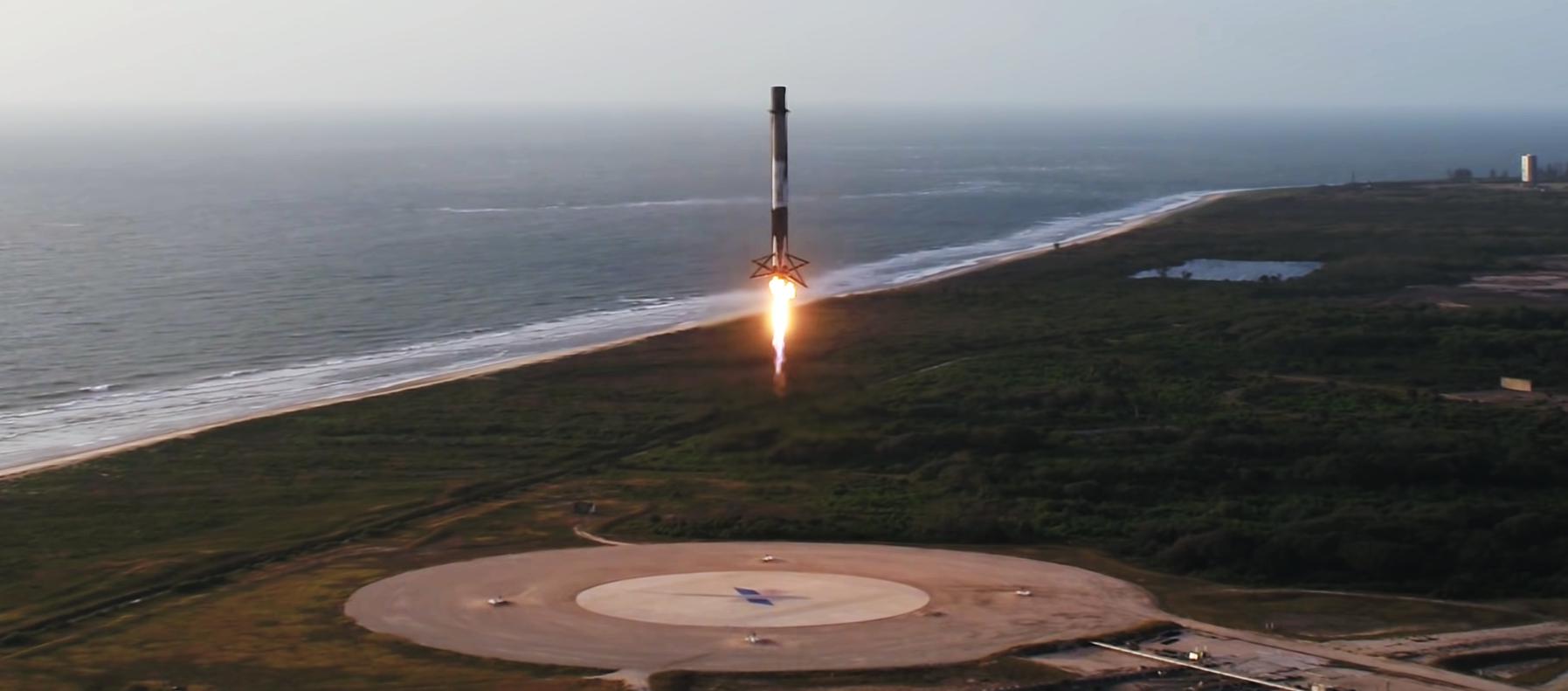
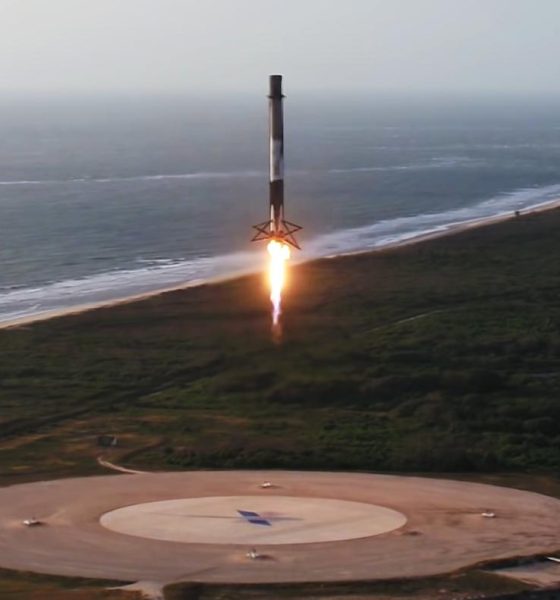
News
SpaceX on track for last Cargo Dragon launch, first Falcon 9 land landing in months
SpaceX is hours away from its Cargo Dragon (Dragon 1) spacecraft’s last space station resupply mission, a historic launch that will also include a Falcon 9 booster’s first land landing attempt in more than half a year.
Scheduled to lift off no earlier than 11:50 pm EST (04:50 UTC) on March 6th (March 7th UTC), flight-proven Falcon 9 booster B1059 rolled out to SpaceX Launch Complex 40 (LC-40) – part of Cape Canaveral Air Force Station (CCAFS) – on Thursday afternoon. Carrying twice-flown Dragon capsule C112, set to smash SpaceX’s orbital spacecraft turnaround record, tonight’s launch will mark SpaceX’s last International Space Station (ISS) mission under its first NASA Commercial Resupply Services (CRS) contract – awarded in 2008.
Aside from Cargo Dragon’s historic final launch and record spacecraft turnaround time, CRS-20 will also mark SpaceX’s first attempted land landing – meaning a Falcon 9 booster landing at LZ-1 or LZ-2 – since July 2019. Thanks in part to SpaceX’s Starlink launch priorities and Falcon Heavy’s intermittent launch cadence, the sonic booms of Falcon booster reentries have been a relative rarity at Landing Zones for the last half-year. CRS-20 will thankfully end that faux-drought and may even be followed just weeks later by a second Falcon booster return to LZ-1.
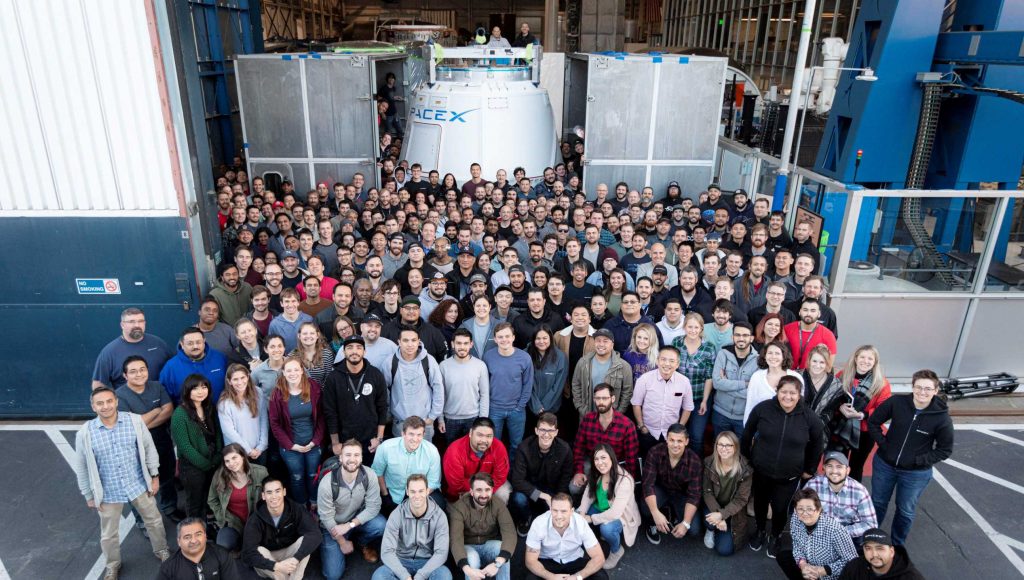
A decade of success in orbit
Over Dragon 1’s decade of service, the spacecraft has successfully delivered more than 40 metric tons (90,000 lb) of cargo to the International Space Station (ISS) and returned almost as much from the station to Earth – still the only operational spacecraft capable of doing so since the Space Shuttle’s 2011 retirement.
If CRS-20 goes as planned, NASA will have awarded SpaceX a total of $3.1B for its finished CRS Phase 1 contract, translating to an average of $147M apiece for 21 missions (including the CRS-7 failure and Dragon’s first space station demo mission) to the ISS.
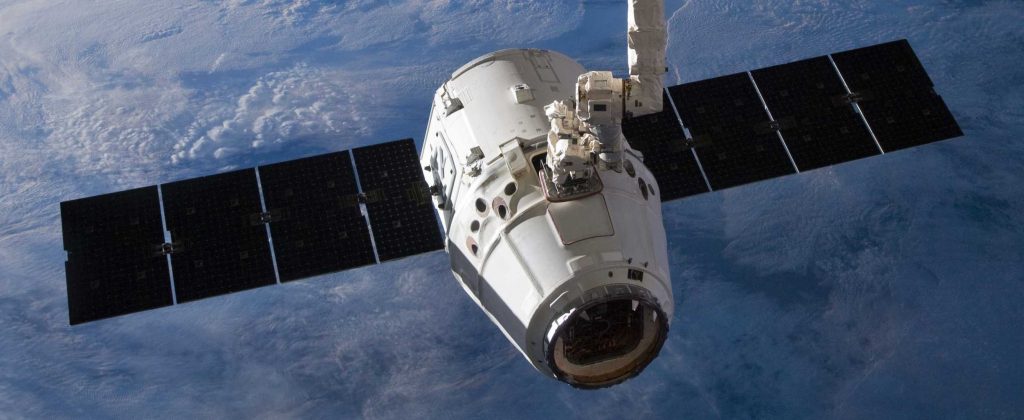
In other words, each kilogram of cargo Falcon 9 and Dragon delivered to the space station wound up costing NASA a bit less than $80,000, admittedly eye-watering but quite favorable compared to the Space Shuttle’s ~$340,000/kg (assuming program cost of $240B (c. 2020) and STS-135’s ~5300 kg of cargo).
Small steps towards full reusability
SpaceX’s CRS Phase 1 successes have also helped NASA cautiously accept flight-proven commercial rockets and spacecraft as the company has gradually introduced Falcon 9 booster and Cargo Dragon capsule reusability. Now, more than two years since SpaceX’s first capsule (June 2017) and booster reuses (December 2017) on NASA CRS missions, the company has launched two Dragon capsules to the space station for the third time and flown Dragons on flight-proven boosters four times.
CRS-20 will mark the third time a Cargo Dragon capsule (C112) flies a third orbital resupply mission, as well as the fifth time a CRS mission will launch on a flight-proven booster (B1059). Compared to the sheer scale and ambition of SpaceX’s next-generation, fully-reusable Starship and Super Heavy launch system, Dragon and Falcon 9 may seem rather diminutive. However, it’s hard to exaggerate just how much reusability expertise SpaceX has gained through their development.
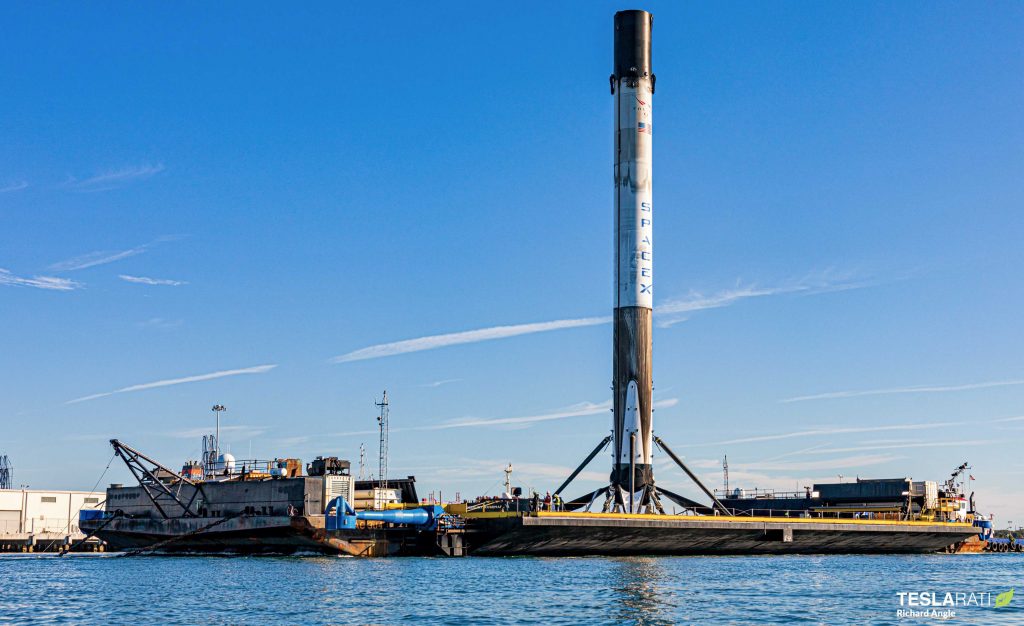
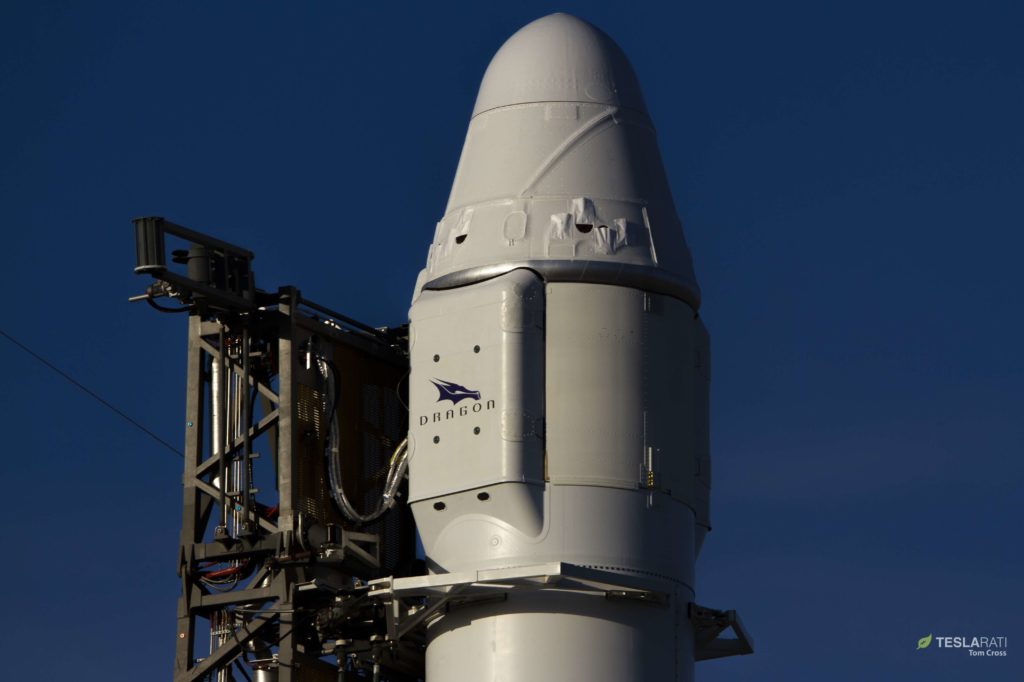
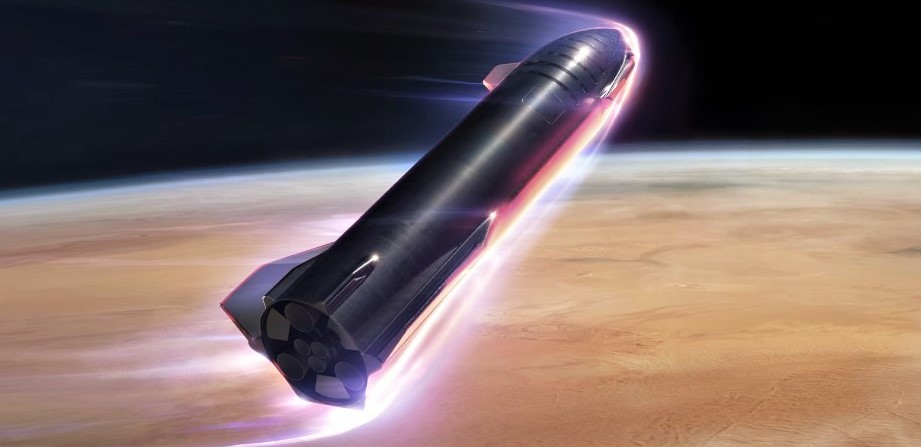
Set to take over resupply missions and ferry astronauts to and from the space station, SpaceX and CEO Elon Musk already considered Dragon 2 (Crew Dragon) to be dramatically simpler, faster, and cheaper to reuse. Starship will ultimately build off those significant improvements, enabling another leap (or several) forward. Perhaps just as importantly, Falcon and Dragon reuse will likely continue to make profound political and bureaucratic inroads over the next 5-10 years, gradually eroding and reshaping the status quo. Their progress will thus hopefully set both the technical and societal stages for widespread success and acceptance by the time Starship can be declared operational.
Weather is currently 60% GO for CRS-20, and the rocket and spacecraft are likely just hours from going vertical at the LC-40 launch pad. As always, tune into SpaceX’s official webcast approximately 15 minutes before liftoff to catch the Falcon 9 launch and landing live.
Check out Teslarati’s Marketplace! We offer Tesla accessories, including for the Tesla Cybertruck and Tesla Model 3.

News
Tesla hints at Starlink integration with recent patent
“By employing polymer blends, some examples enable RF transmission from all the modules to satellites and other communication devices both inside and outside the vehicle.”

Tesla hinted at a potential Starlink internet terminal integration within its vehicles in a recent patent, which describes a vehicle roof assembly with integrated radio frequency (RF) transparency.
The patent, which is Pub. No U.S. 2025/0368267 describes a new vehicle roof that is made of RF-transparent polymer materials, allowing and “facilitating clear communication with external devices and satellites.”
Tesla believes that a new vehicle roof design, comprised of different materials than the standard metallic or glass elements used in cars today, would allow the company to integrate modern vehicular technologies, “particularly those requiring radio frequency transmission and reception.
Tesla has recently filed a US patent application on integrating RF transparent materials into the roof structure.
“facilitating clear communication with external devices and satellites”
Tesla fleet is getting @Starlink connectivity integration soon. LFG @Tesla @elonmusk… pic.twitter.com/bLa8YtPLd1
— Chansoo Byeon (@Chansoo) December 9, 2025
Instead of glass or metallic materials, Tesla says vehicles may benefit from high-strength polymer blends, such as Polycarbonate, Acrylonitrile Butadiene Styrene, or Acrylonitrile Styrene Acrylate.
These materials still provide ideal strength metrics for crashworthiness, stiffness for noise, vibration, and harshness control, and are compliant with head impact regulations.
They would also enable better performance with modern technologies, like internet terminals, which need an uninterrupted signal to satellites for maximum reception. Tesla writes in the patent:
“By employing polymer blends, some examples enable RF transmission from all the modules to satellites and other communication devices both inside and outside the vehicle.”

One of the challenges Tesla seems to be aware of with this type of roof design is the fact that it will still have to enable safety and keep that at the forefront of the design. As you can see in the illustration above, Tesla plans to use four layers to increase safety and rigidity, while also combating noise and vibration.
It notes in the patent that disclosed examples still meet the safety requirements outlined in the Federal Motor Vehicle Safety Standards (FMVSS).
Starlink integrated directly into Tesla vehicles would be a considerable advantage for owners. It would come with a handful of distinct advantages.
Initially, the inclusion of Starlink would completely eliminate cellular dead zones, something that is an issue, especially in rural areas. Starlink would provide connectivity in these remote regions and would ensure uninterrupted service during road trips and off-grid adventures.
It could also be a critical addition for Robotaxi, as it is crucial to have solid and reliable connectivity for remote monitoring and fleet management.
Starlink’s growing constellation, thanks to SpaceX’s routine and frequent launch schedule, will provide secure, stable, and reliable internet connectivity for Tesla vehicles.
Although many owners have already mounted Starlink Mini dishes under their glass roofs for a similar experience, it may be integrated directly into Teslas in the coming years, either as an upgrade or a standard feature.
News
Tesla supplements Holiday Update by sneaking in new Full Self-Driving version
It seems Tesla was waiting for the Hardware 4 rollout, as it wanted to also deploy a new Full Self-Driving version to those owners, as it appeared in the release notes for the Holiday Update last night.

Tesla has surprised some owners by sneaking in a new Full Self-Driving version with the wide release of the Holiday Update, which started rolling out to Hardware 4 owners on Friday night.
Tesla has issued a controlled and very slow release pattern with the Holiday Update, which rolls out with Software Version 2025.44.25.5.
For the past two weeks, as it has rolled out to Hardware 3 and older Tesla owners, the company has kept its deployment of the new Software Version relatively controlled.
It seems Tesla was waiting for the Hardware 4 rollout, as it wanted to also deploy a new Full Self-Driving version to those owners, as it appeared in the release notes for the Holiday Update last night.
Tesla Full Self-Driving v14.2.1.25 made its first appearance last night to Hardware 4 owners who are members of the Early Access Program (EAP). It appears to be a slight refinement from FSD v14.2.1, which has been out for a couple of weeks.
Tesla v2025.44.25.5 Holiday update incoming
Also Full Self-Driving v14.2.1.25!!! pic.twitter.com/74D7S0UGXz
— TESLARATI (@Teslarati) December 13, 2025
Many owners welcome the new FSD version, us included, because we’ve been less than impressed with v14.2.1. We have experienced some minor regressions with v14.2.1, especially with Speed Limit recognition, Speed Profile tinkering, and parking performance.
As it stands, Full Self-Driving is still particularly impressive, but Tesla is evidently having an issue with some of the adjustments, as it is still refining some of the performance aspects of the suite. This is expected and normal with some updates, as not all of them are an improvement in all areas; we routinely see some things backtrack every once in a while.
This new FSD version is likely to take care of those things, but it also includes all of the awesome Holiday Update features, which include:
- Grok with Navigation Commands (Beta) – Grok will now add and edit destinations.
- Tesla Photobooth – Take pictures inside your car using the cabin-facing camera
- Dog Mode Live Activity – Check on your four-legged friend on your phone through periodic snapshots taken of the cabin
- Dashcam Viewer Update – Includes new metrics, like steering wheel angle, speed, and more
- Santa Mode – New graphics, trees, and a lock chime
- Light Show Update – Addition of Jingle Rush light show
- Custom Wraps and License Plates – Colorizer now allows you to customize your vehicle even further, with custom patterns, license plates, and tint
- Navigation Improvements – Easier layout and setup
- Supercharger Site Map – Starting at 18 pilot locations, a 3D view of the Supercharger you’re visiting will be available
- Automatic Carpool Lane Routing – Navigation will utilize carpool lanes if enabled
- Phone Left Behind Chime – Your car will now tell you if you left a phone inside
- Charge Limit Per Location – Set a charge limit for each location
- ISS Docking Simulator – New game
- Additional Improvements – Turn off wireless charging pad, Spotify improvements, Rainbow Rave Cave, Lock Sound TRON addition
Tesla also added two other things that were undocumented, like Charging Passport and information on USB drive storage to help with Dashcam.
Cybertruck
Tesla updates Cybertruck owners about key Powershare feature

Tesla is updating Cybertruck owners on its timeline of a massive feature that has yet to ship: Powershare with Powerwall.
Powershare is a bidirectional charging feature exclusive to Cybertruck, which allows the vehicle’s battery to act as a portable power source for homes, appliances, tools, other EVs, and more. It was announced in late 2023 as part of Tesla’s push into vehicle-to-everything energy sharing, and acting as a giant portable charger is the main advantage, as it can provide backup power during outages.
Cybertruck’s Powershare system supports both vehicle-to-load (V2L) and vehicle-to-home (V2H), making it flexible and well-rounded for a variety of applications.
However, even though the feature was promised with Cybertruck, it has yet to be shipped to vehicles. Tesla communicated with owners through email recently regarding Powershare with Powerwall, which essentially has the pickup act as an extended battery.
Powerwall discharge would be prioritized before tapping into the truck’s larger pack.
However, Tesla is still working on getting the feature out to owners, an email said:
“We’re writing to let you know that the Powershare with Powerwall feature is still in development and is now scheduled for release in mid-2026.
This new release date gives us additional time to design and test this feature, ensuring its ability to communicate and optimize energy sharing between your vehicle and many configurations and generations of Powerwall. We are also using this time to develop additional Powershare features that will help us continue to accelerate the world’s transition to sustainable energy.”
Owners have expressed some real disappointment in Tesla’s continuous delays in releasing the feature, as it was expected to be released by late 2024, but now has been pushed back several times to mid-2026, according to the email.
Foundation Series Cybertruck buyers paid extra, expecting the feature to be rolled out with their vehicle upon pickup.
Cybertruck’s Lead Engineer, Wes Morrill, even commented on the holdup:
As a Cybertruck owner who also has Powerwall, I empathize with the disappointed comments.
To their credit, the team has delivered powershare functionality to Cybertruck customers who otherwise have no backup with development of the powershare gateway. As well as those with solar…
— Wes (@wmorrill3) December 12, 2025
He said that “it turned out to be much harder than anticipated to make powershare work seamlessly with existing Powerwalls through existing wall connectors. Two grid-forming devices need to negotiate who will form and who will follow, depending on the state of charge of each, and they need to do this without a network and through multiple generations of hardware, and test and validate this process through rigorous certifications to ensure grid safety.”
It’s nice to see the transparency, but it is justified for some Cybertruck owners to feel like they’ve been bait-and-switched.








